Rubber is a material that can be used in a wide range of industries, including consumer products, manufacturing, automotive, and healthcare. However, because of its low surface energy and chemical makeup, attaching rubber to different substrates can create special difficulties. In order to achieve strong and dependable bonds, it is crucial to comprehend the principles and procedures of bonding, regardless of whether you are working with elastomers, synthetic rubber, or natural rubber. We'll go over all you need to know about bonding rubber in this extensive guide.
Knowing the Composition of Rubber
It's important to know the composition of rubber before learning any bonding techniques. Rubber is a polymer made of hydrocarbon molecules arranged in lengthy chains. Rubber gets its distinct elasticity, flexibility, and durability from these molecules. If these similar qualities aren't adequately addressed, bonding may become challenging.
Surface Preparation
This is the most important step in a successful rubber bonding process. Rubber surfaces often have low surface energy and are not porous, which makes it difficult for adhesives to create strong connections. A meticulous surface preparation is required to increase adhesion:
Cleaning: Start by giving the rubber surface a thorough cleaning to get rid of any pollutants, oils, dust, or grime. To make sure the surface is totally clean, use a light detergent or solvent.
Abrasion: Using wire brushes, sandpaper, or emery cloth, abrade the rubber surface to provide a rough texture that improves adhesive adhesion. Take care not to overly harm the rubber surface.
Priming: Using a primer made especially for rubber bonding can greatly increase adherence. Primers strengthen and extend the bond by encouraging a chemical bond between the glue and rubber.
Choosing the Proper Adhesive
Proper adhesive selection is essential for successfully attaching rubber. Rubber can be bonded using a variety of adhesives, such as:
Cyanoacrylate work wonders when joining rubber to metal or plastic substrates or to other materials. While cyanoacrylates offer strong bonding and quick curing, they might not be appropriate for all rubber kinds or applications that need for flexibility. However, with LOCTITE® 480, it is able to be used for the assembly of difficult-to-bond materials which require uniform stress distribution and high tensile and/or shear strength. It is a rubber-reinforced adhesive offering increased flexibility and peel strength along with enhanced shock resistance.
Epoxies have a very strong and long-lasting adhesion. Numerous materials, such as rubber, metal, plastic, and composites, can be joined together using them. Epoxies are perfect for uses where chemical resistance and high temperatures are needed.
Polyurethane Adhesives offer pliable connections that are appropriate for gluing rubber to rubber or rubber to substrate. They provide strong protection against external influences, vibration, and impact.
Contact Adhesives such as neoprene-based adhesives, are suitable for bonding large surface areas or complex shapes. They require both surfaces to be coated with adhesive, allowed to dry, and then pressed together to form an instant bond.
Application Techniques:
Once you've selected the appropriate adhesive and prepared the rubber surface, proper application techniques are essential for achieving optimal bonding results:
Apply Adhesive Evenly: Ensure the adhesive is applied evenly to both surfaces using a brush, roller, or applicator tip. Avoid applying too much adhesive, as excess glue can lead to squeeze-out and weaken the bond.
Allow Sufficient Curing Time: Follow the manufacturer's instructions regarding curing time and conditions. Proper curing is essential for the adhesive to reach its full strength and durability.
Apply Pressure: Apply pressure to the bonded surfaces using clamps, weights, or a press to ensure intimate contact between the rubber and substrate. Adequate pressure promotes better adhesive wetting and improves bond strength.
Control Environment: Maintain optimal environmental conditions, including temperature and humidity, during adhesive application and curing. Extreme temperatures or humidity levels can affect adhesive performance and bond strength.
Testing and Quality Control:
After bonding rubber, it's essential to perform thorough testing and quality control measures to ensure the integrity of the bond. Various testing methods can assess bond strength, durability, and resistance to environmental factors such as temperature, moisture, and chemicals. Common tests include:
Shear Strength Testing: Measures the force required to break the bonded joint under shear loading conditions.
Peel Strength Testing: Evaluates the force required to peel apart the bonded surfaces.
Aging Tests: Subject bonded samples to accelerated aging conditions, such as elevated temperatures or exposure to chemicals, to assess long-term durability and resistance.
Visual Inspection: Inspect the bonded joint for any signs of defects, such as voids, bubbles, or uneven bonding.
Conclusion:
Bonding rubber presents unique challenges due to its composition and surface characteristics. However, with proper surface preparation, adhesive selection, and application techniques, durable and reliable bonds can be achieved across a wide range of applications. By understanding the principles outlined in this guide and following best practices, you can ensure successful rubber bonding for your specific needs.

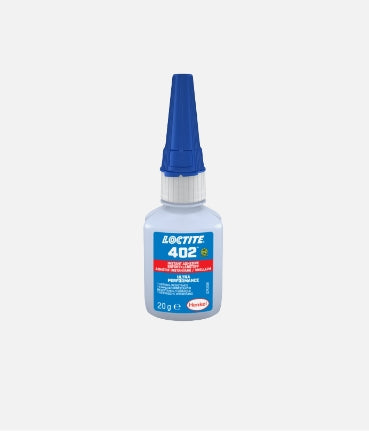
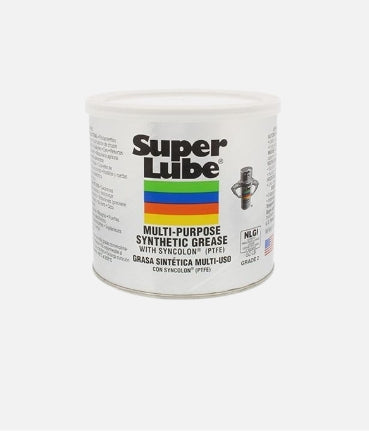
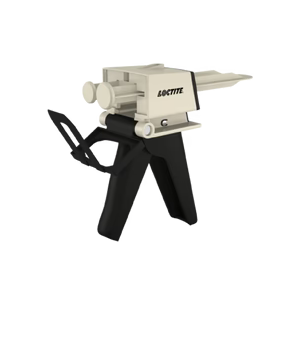
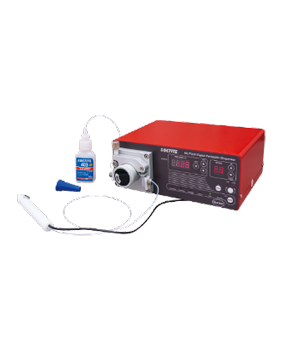
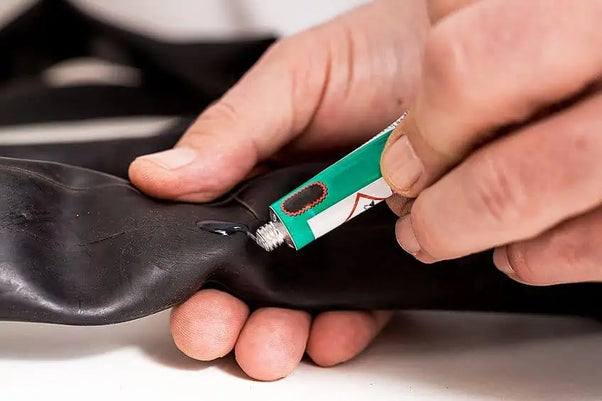
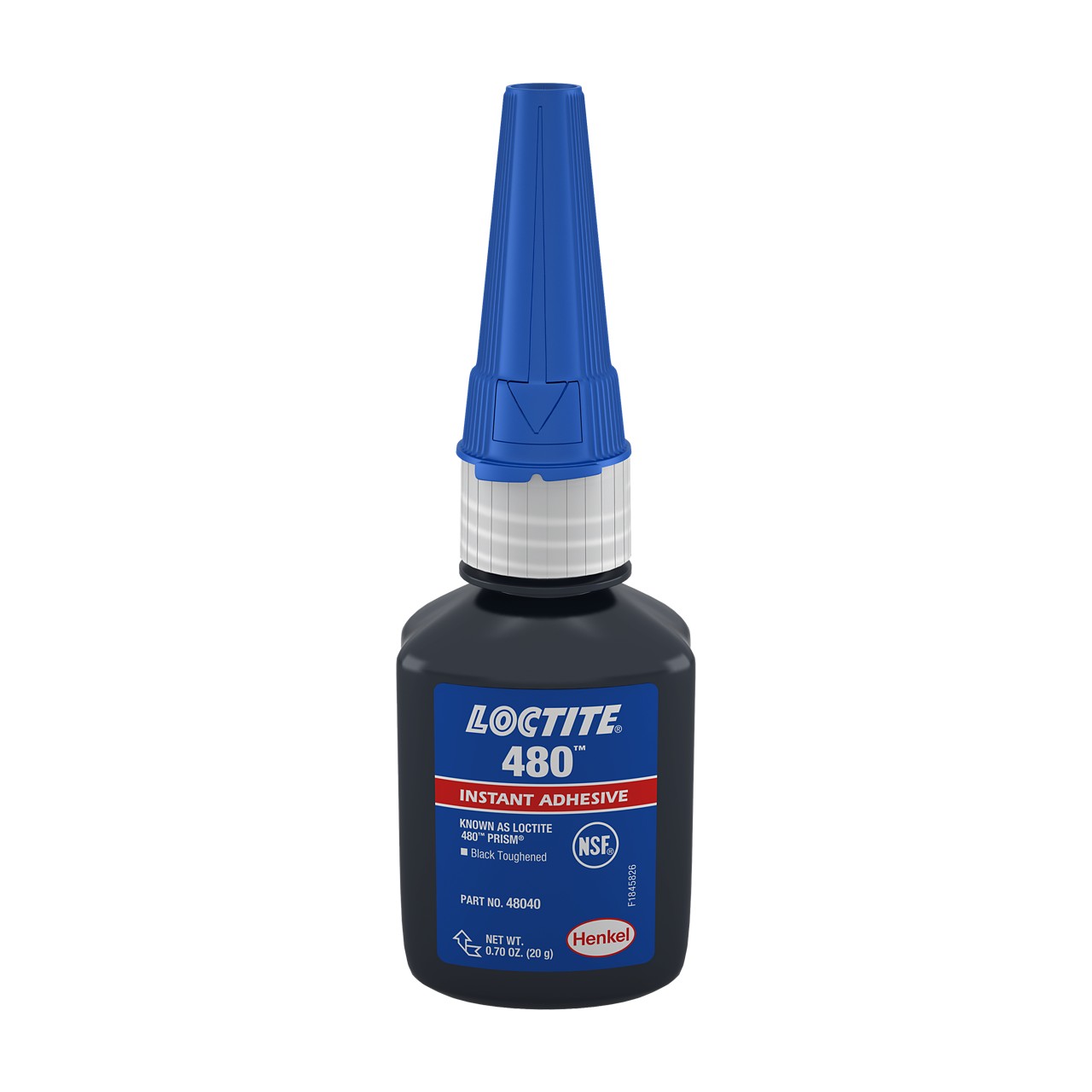
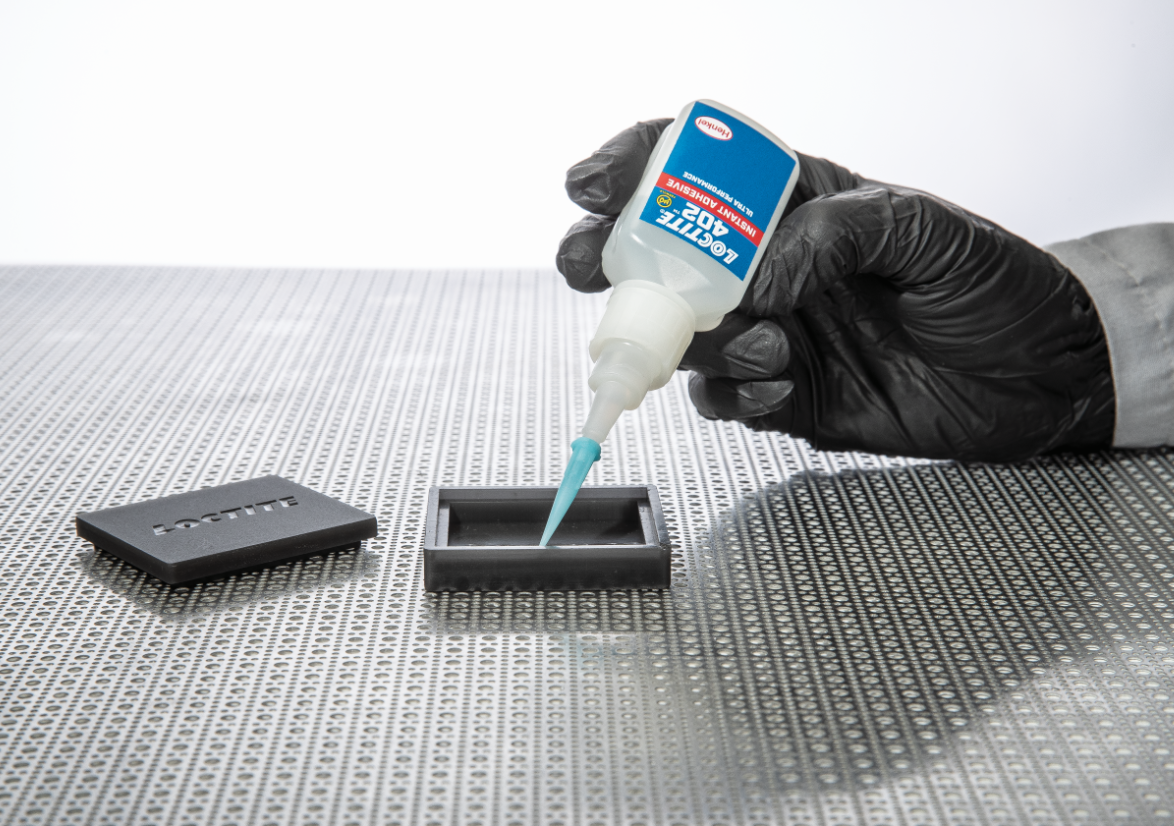
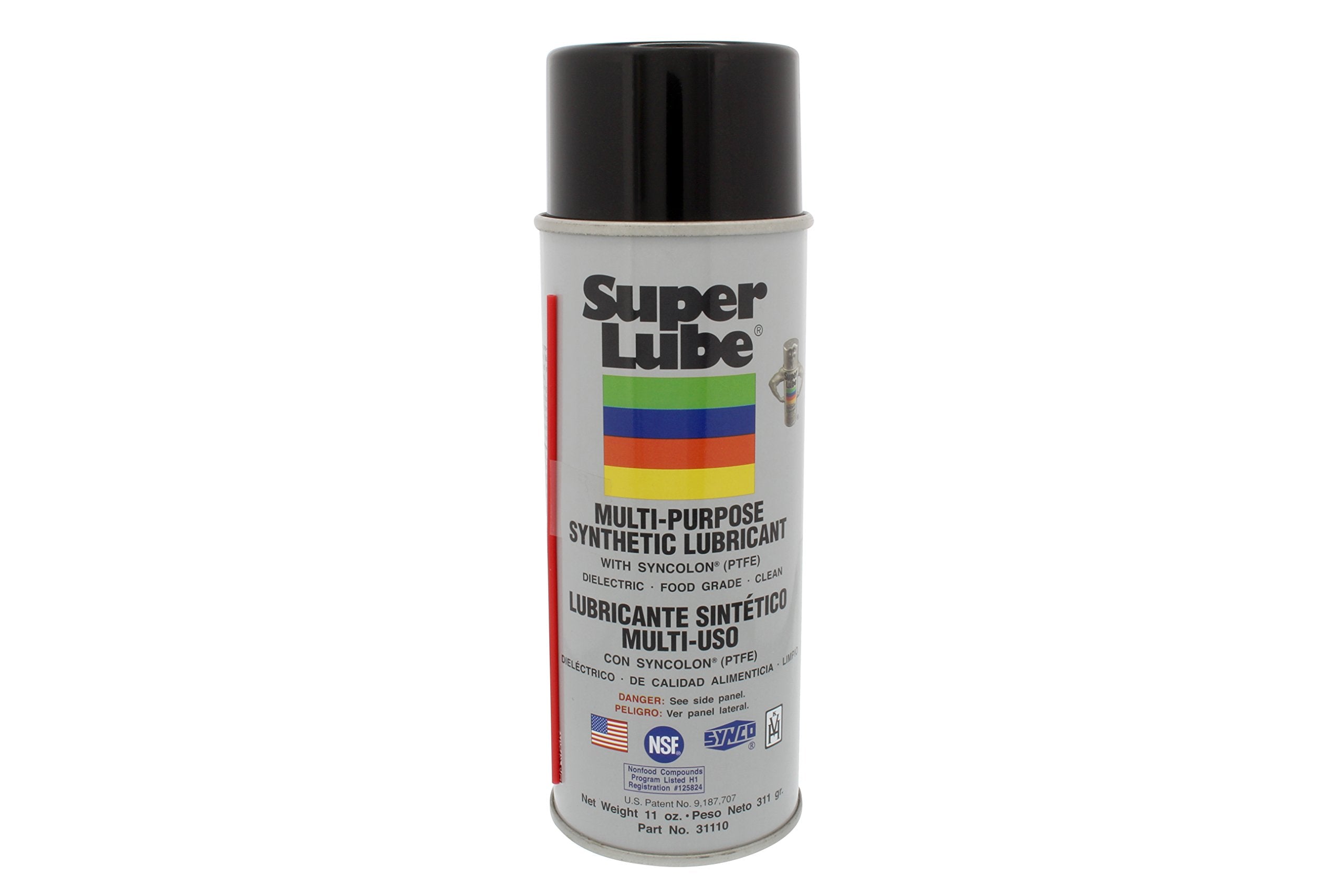
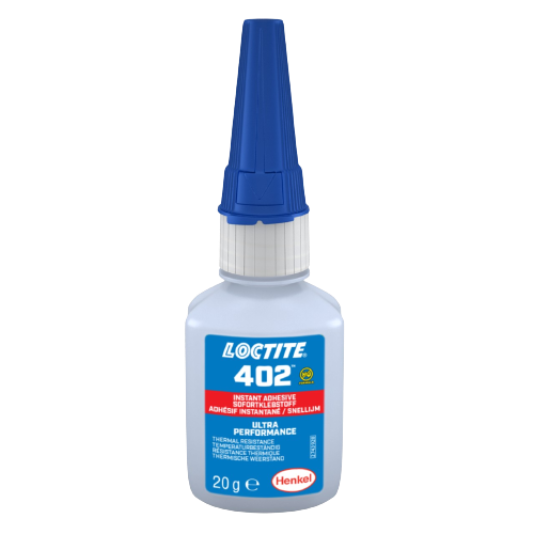
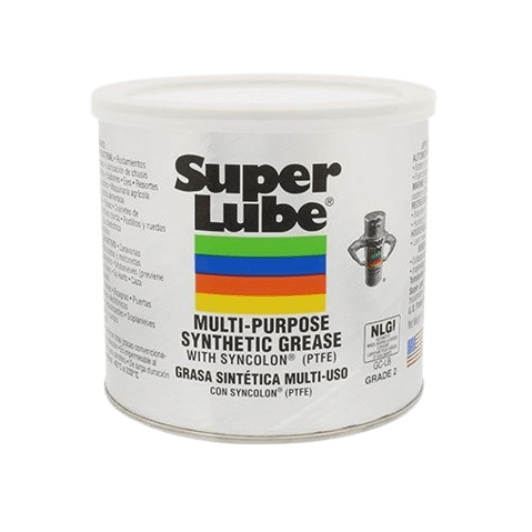

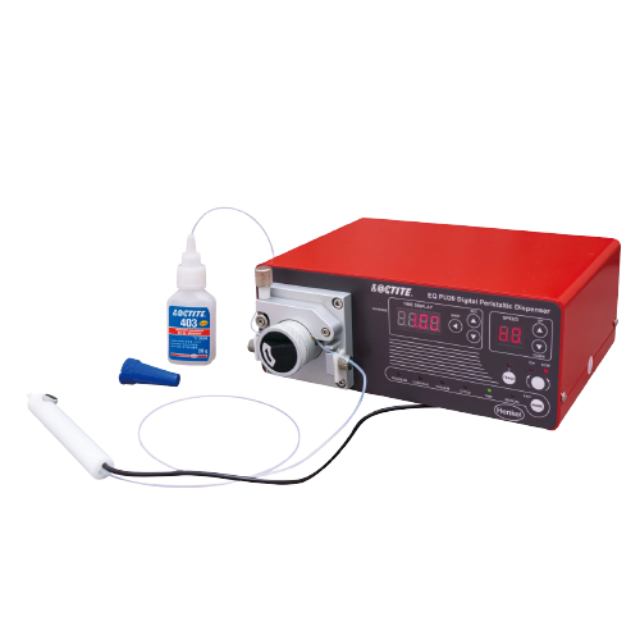
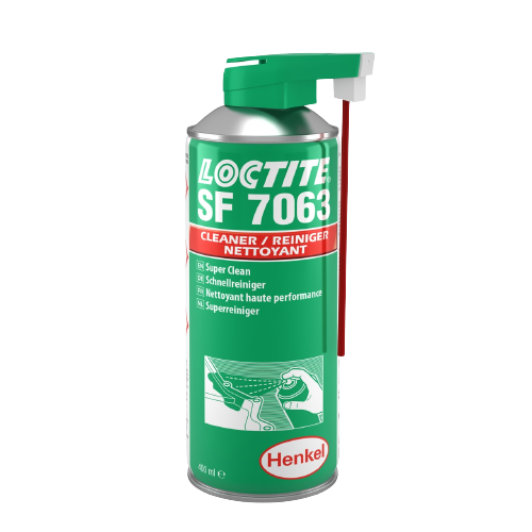
Leave a comment
All comments are moderated before being published.
This site is protected by reCAPTCHA and the Google Privacy Policy and Terms of Service apply.